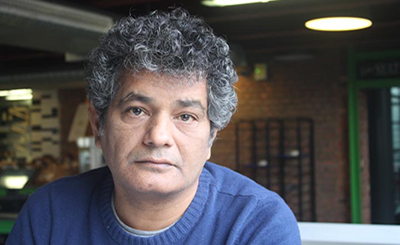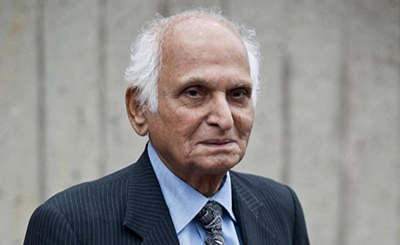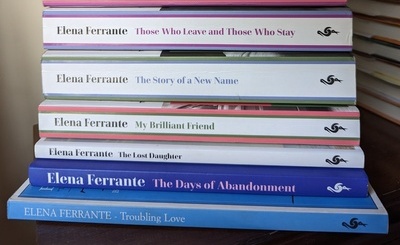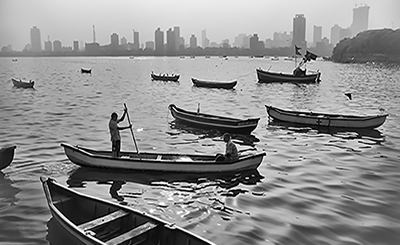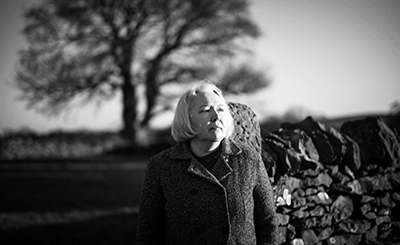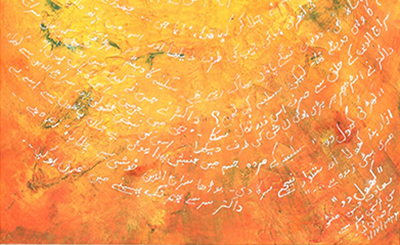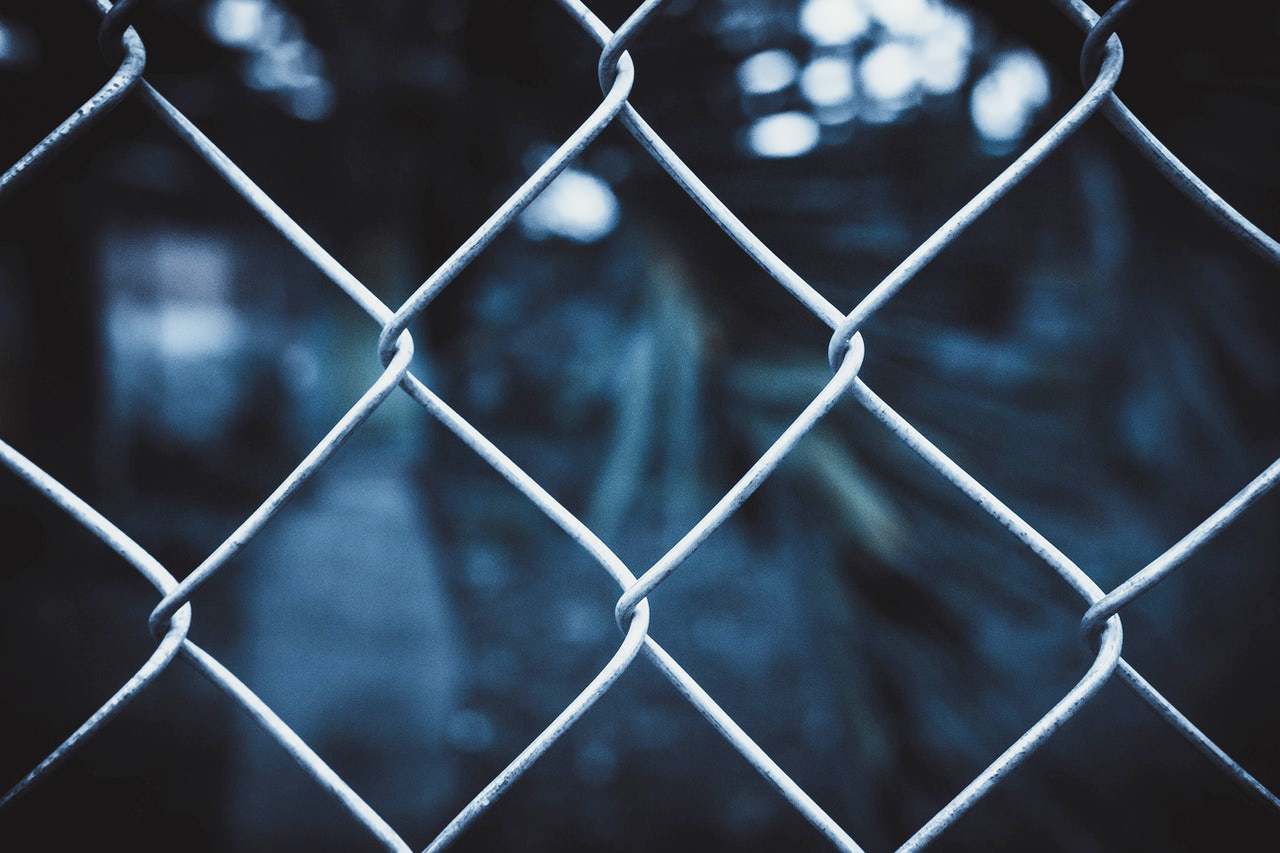
The book leaves the reader high on life… [It] sets us free from the illusionary “bars” we have caged ourselves in…[It] holds great therapeutic value and serves as a fine example of the profound healing bibliotherapy can achieve.
From the beginning of time the human mind has associated the outside — the verdant landscapes and the silvery seas and skies — with being in one’s natural habitat and feeling a sense of oneness with nature resulting in a blissful state of mind when outdoors. However, the birth and unrestrained flourishing of modernisation over the last couple of centuries and now globalisation have entirely changed the equation with their unrelenting urbanisation and the so called “comforts” and “luxuries” it seems to offer. And all the efforts it requires to create and sustain them have left us largely confined indoors.
Writer Rohit Trilokekar’s new novel The Perfect Outside takes us on a highly engaging philosophical journey across the landscapes of the “inside” and “outside.” The novel opens with images of pets, people, places and shockingly even clocks and Time itself stuck in time caged behind the four “bars” of “11 past 11”! The inside/outside conflict is effortlessly played out through the characters of Polly, a caged green parrot who yearns for the Outside and Fluffy, a lazy mopwhite Persian cat who prefers to endlessly park herself Inside — an “invisible” cage — by choice, despite having the freedom to get away. The pets and their real and imaginary cages are all lodged in the living room (read a four-walled “cage”!), their bigger “cage,” a now unkept dilapidating bungalow in suburban Mumbai, passed on to Mr. Wadia, their owner, by his father.
Mr. Wadia is a Parsi gentleman “eccentric” to the extent that he had permanently set his entire collection of antique clocks to “eleven minutes past eleven” having been foretold that it was the precise moment when Lady Luck was destined to work her magic for him. So he is seen slouching in front of the television “caged” in Time living off his father’s earnings while his “uncle,” Mr. Wadia’s domestic help since his childhood days manages the house.
The television itself makes for a pivotal character in the narrative. It serves as the ultimate idea of a cage, a real as well as a metaphorical one at that, much like the antique clocks in the room! How? Well it holds humans, animals, events, places, in fact the whole world, framed forever within its frames. Inversely, it also cages the animals and humans in the Wadia home: Polly, Fluffy and Mr. Wadia hardly exist outside the frame. If this isn't fiction-writing at its best, what is?
Well, inspired by the depiction of the carefree life of animals in the Outside on Discovery Channel Polly and Fluffy plan their great escape from the Inside and successfully sneak out into the Outside. What happens thereafter leaves the reader enlightened, transformed and more at peace not just with himself/herself but with the world around.
The fact is, like the Wadia residents, we, too, are all “caged” in boxes, and endless boxes within boxes — both real and metaphorical. Boxes of paper and plastic and glass and thatch and aluminium and asbestos and tin and brick and wood and mud and sand and stone and iron and steel and all else. Boxes of all shapes and sizes — big and small and round and square and low and high and grills and walls and all else. Everywhere — in cities and slums and towns and villages and hamlets and hermitages and ghettos and camps and malls and multiplexes and houses and hotels and prisons and palaces and trains and buses and cars and coffins and bird cages and animal cages and all else. Yes. We are all nestled in boxes. Most of our clock-time. Most of our lifetime. Each one of us. Every single one of us. And from this living comes our constant yearning to break free from the “boxes” and “cages” and bolt into “the perfect outside” — physically, mentally as well as emotionally.
Polly and Fluffy’s metaphysical and ontological navigations of the outdoor-indoor space — in the house and through the streets of suburban Mumbai — take the reader on a badly needed philosophical awakening and acceptance of the indispensability of the hyperreal nature of our lives and the spaces we experience in the current age and time. Polly’s constant nostalgic flashbacks and hopeful flash-forwards of the “outside”and Fluffy’s obsession for the cosy comforts of the eccentric present on the “inside” lend the book an exceptional Einsteinian perception of the time-space continuum.
There are a significant number of philosophical musings that ring in and out of the pages of the book making it a novel of ideas. The writer’s musings on space, sleep, silence, pain, freedom, art and aesthetics and so on make the book through and through a philosophical enterprise. The novel also questions a lot of givens, like for instance, “birds were meant to fly” etc. and consistently conveys the message that it’s okay not to be able to do what you cannot do. In other words, it’s okay for you to be you. Just you. A unique you. All you. Always. No matter what.
Polly and Fluffy could well be the resurrected selves initially of Shakespeare’s victim versions of Rosencrantz and Guildenstern and during their adventurous “philosophical sight-seeing” of the reality of the Outside they metamorphose into Tom Stoppard’s versions of them and finally we see them embody Beckett’s Vladimir and Eastragon (in that order) but with the awakening and acceptance relevant to our seemingly eccentric postmodern times having fully come to terms with the illusionary status of Godot.
With just about a hundred and odd pages, the book is fashioned like a fable that leaves an indelible impression upon the reader’s mind. The sing-song journey across the philosophical landscapes soothes and uplifts the soul and opens its doorways to new light and to new life; to an “outside” beautifully nestled in the “inside” and the fluidity and porousness with which the two live and thrive, and must live and thrive, together. This transformation in the way we “see” and “experience” the world through the eyes of Polly and Fluffy, I believe, is the sine qua non for the times in which we live.
The novel holds immense significance as much to teenagers and young adults as to the middle-aged and the elderly; as much to women as to men and as much to the healthy as to those distressed by chronic illnesses and the fashionable categories we have discovered to classify people as “loners,” “introverts” and so on. In fact the essence of the narrative seems to implicitly address even the concerns of the differently-abled and the less mobile. Simply put, the book leaves the reader high on life.
In the wake of the current Covid crisis, the novel offers an indispensable commentary on the philosophical landscapes of the effects of lockdowns and quarantines as well as offers hope and consolation to all of humankind desperate to break free from the “cages” we have made them to be. The book sets us free from the illusionary “bars” we have caged ourselves in, like Polly and Fluffy did. Thus, the book holds great therapeutic value and serves as a fine example of the profound healing bibliotherapy can achieve. As such, it holds great value for young children, too, and so it must positively be adapted into a graphic/animation film. I look forward to a sequel to this book.
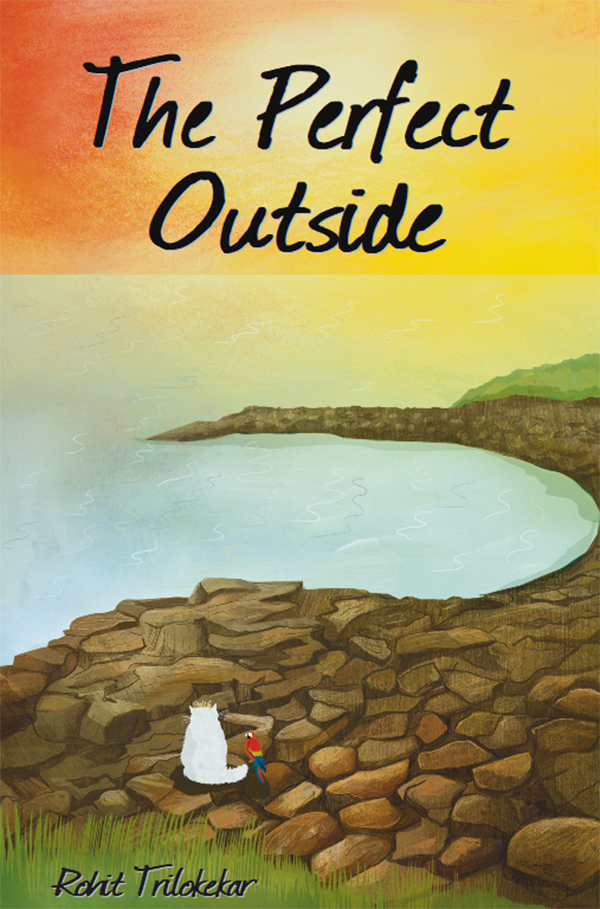
The Perfect Outside
By Rohit Trilokekar
1889 Books (UK)
Rs 499, pp. 132
More from The Byword
Comments
*Comments will be moderated




